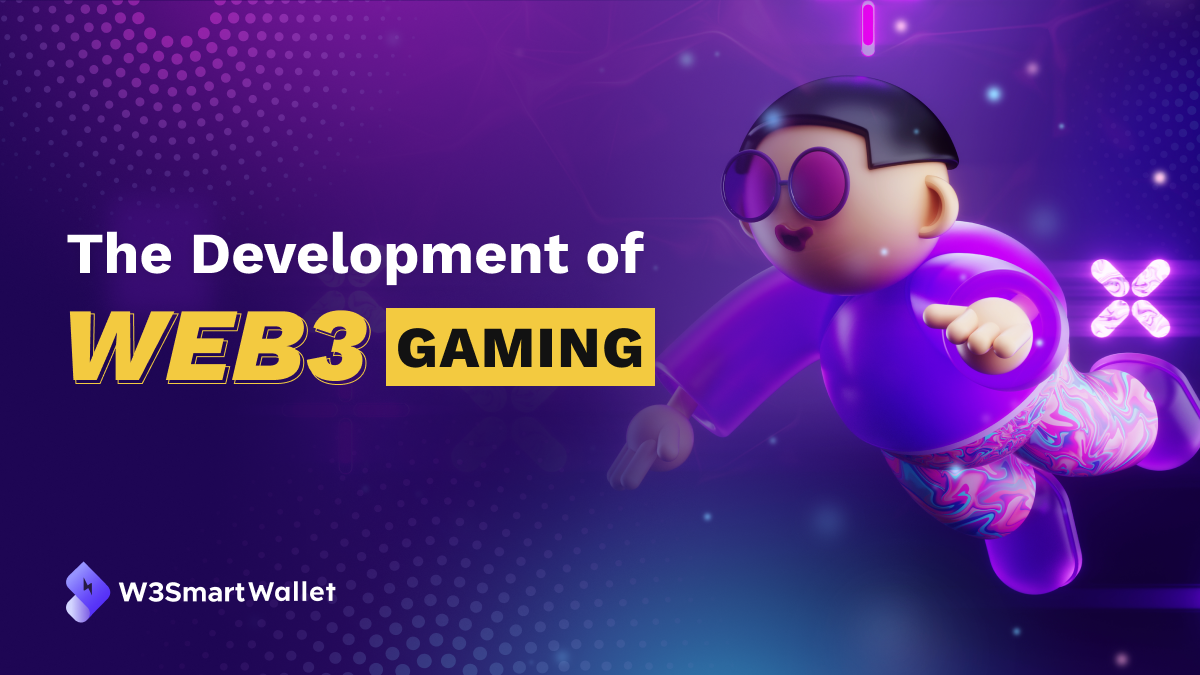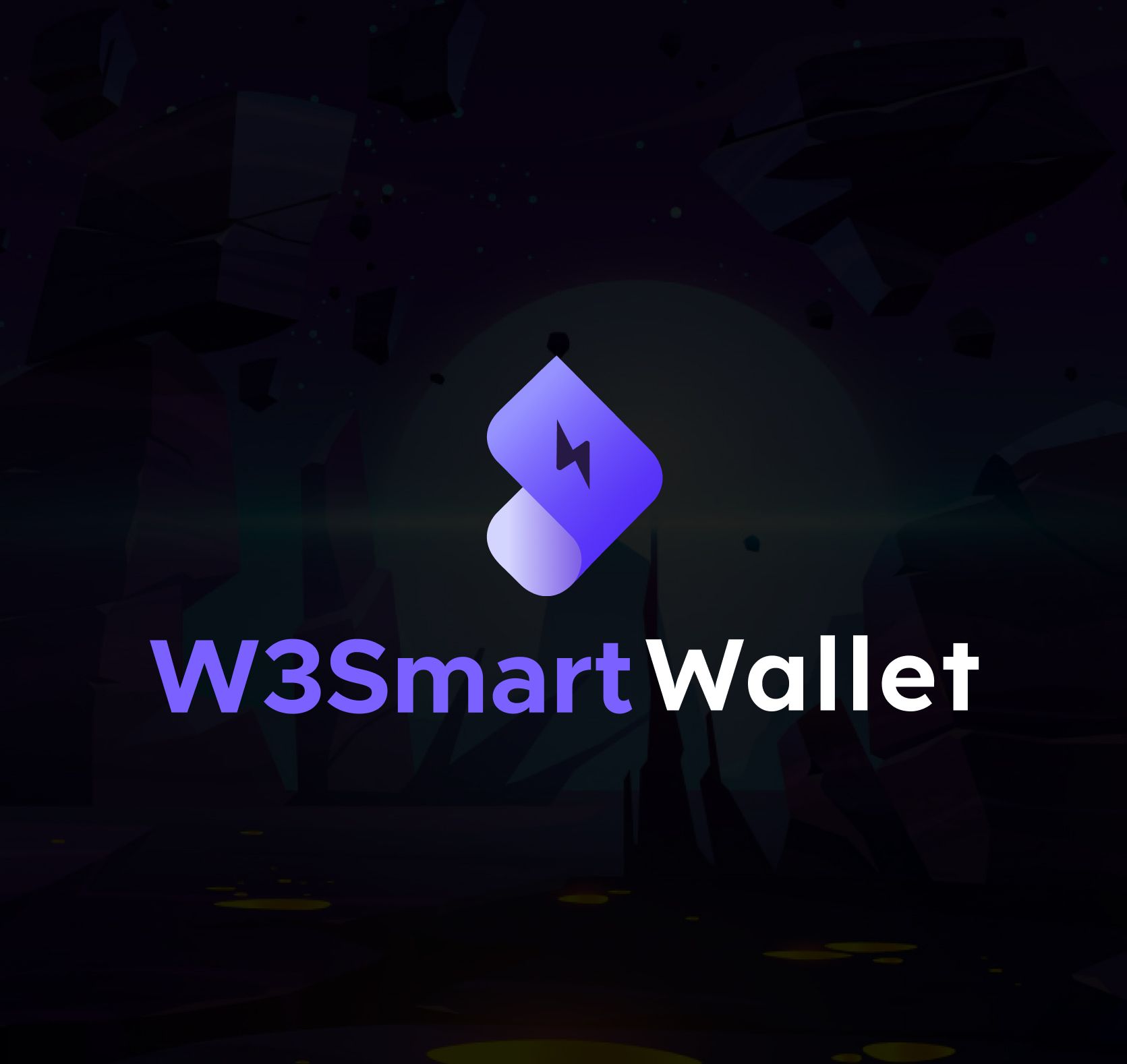
The Development of Web3 Gaming
Web3 games (also known as play-to-earn, play-to-own, crypto, blockchain, or NFT games) are digital games that use blockchain technology as the foundation for the game's economy.
Web3 Gaming at a glance
Web3 games are defined by having game assets that are owned (held in custodial wallets) by players in the form of Non-Fungible Tokens (NFTs) or Fungible Tokens. The functional implication of this innovation is that player assets are tangibly owned, and liquid markets exist to enable assets to be sold or traded much like physical goods.
The fact that players in play-to-earn web3 game economies own in-game assets draws a stark contrast to traditional Free-To-Play (Freemium) game economies, which have largely existed within a closed ecosystem preventing players from trading in-game items for real world value. The incorporation of blockchain infrastructure in games has sparked massive adoption and insanely high retention rates in early web3 games like Axie Infinity (an uptick growth services client).
Web3 gaming evolution
The genesis of web3 gaming, began with CryptoKitties in late-2017. CryptoKitties was a special because it was the first widely recognized NFT project to be minted using Ethereum’s ERC-721 token standard, but more practically it was the first time many people realized that scarce digital assets with some type of utility (like breeding and composability) could be a thing. Naturally, though, the project hit too early. Even if there was more to do with the assets, Ethereum’s network couldn’t handle the throughput. Scalability was still a distant dream, and the project’s hype fizzled away. Nevertheless, CryptoKitties played a key role in inspiring developers to think bigger about how this technology might permeate gaming more broadly.
The next milestone, Sky Mavis’ launch of Axie Infinity — a true web3 game in which teams of NFT monsters battle against each other for financial rewards — took place in 2018 to small reception. The team’s original mission was to “introduce the magic of blockchain technology to billions of players,” while “believing in a future where work and play become one… [and] in empowering players and giving them economic opportunities.”
The popularity of the game soared following the launch of Ronin, Sky Mavis' sidechain, in early 2021. The growth was particularly remarkable in developing markets such as Southeast Asia where many players viewed the game as a means of earning income, thanks to the financial incentives offered through the "play-to-earn" (P2E) model.
Web3 gaming at its peak
The financial success of play-to-earn games had significant ripple effects on the gaming industry. Many copycats of these games emerged, and dreams of games-driven universal basic income proliferated. Institutions and retail investors alike raised funds, guilds that buy and rent in-game assets to players for a percentage of the profits surged in popularity, and digital land was seen as the next great asset.
Valuations across the entire digital asset landscape reached unprecedented heights, with FOMO dominating the market. The rapid explosion of activity led many to sacrifice investment discipline as they chased the next big hit, marking the peak of inflated expectations. However, the impact was not entirely negative. Although the peaks were unsustainable, it fueled developer interest, put Web3 gaming on the map, and led to the funding of many teams with the aim of creating great games and innovating in new ways.Current situation of web 3 gaming.
Current situation of web 3 gaming
As expected, the trend of play-to-earn has largely come to an end, as we are all aware. In 2022, the focus on earning money through gameplay has diminished significantly. Daily unique active wallets, which provide an approximate measure of active users who interact with blockchain elements in games, have decreased significantly from their peak levels and are not currently showing any signs of growth.
However, the current state of web3 games leaves much to be desired. Many games that gained popularity in the past were short-lived due to unsustainable models and lack of engaging gameplay. Thankfully, a new wave of game development is underway. Although 2023 may not be the year in which web3 games break out and revolutionize the industry, there is a significant improvement in the quantity and quality of games being developed.
In recent years, there has been a great deal of excitement surrounding land-based virtual worlds, particularly within the context of the larger NFT and metaverse trends. However, this enthusiasm has waned considerably since reaching its peak, and leading platforms like Decentraland or The Sandbox have yet to demonstrate their ability to attract and retain a significantly larger user base. We have concerns regarding the current economic models and their capacity to compete with non-land-based virtual world platforms in the short term.
As play-to-earn games have proven to be unsustainable and have subsequently collapsed, the guilds that were built around them have suffered similarly. As a result, most guilds are going out of business, while a few are exploring new avenues for growth, such as developing tools, focusing on esports, or finding other ways to leverage their large communities. While the traditional guild model may no longer be viable, we are interested in seeing how the largest guilds will attempt to adapt in the coming year.
Infrastructure progress has mostly been a bright spot, and there’s more to look forward to. Web 3 games infrastructure developments – from blockchains, Layer 2s, player wallets, and developer tools – have made steady progress and should continue to. Hacks and poor UX are examples of where there’s more work to be done, but web3 games continue to be better technically supported than anytime prior. The evolution of Account Abstraction including us - W3Smart Wallet, is part of this bright spot, they provide greater security for user assets while providing a familiar and seamless user experience. Future Web3 games will benefit greatly from these solid infrastructures.
What’s next?
After a gloomy year of the crypto market in general and the Web3 Gaming market in particular, in 2023, we’re excited to watch new games launch, new game design and economy models be experimented on, more companies of all sizes get involved, increasing collaborations across the industry, improved tooling/interfaces for developers and players, and of course all the unexpected events to come.
To maximize the potential of this new gaming era, the sector must embrace critical trends such as user-focused design, community establishment, and cooperation with the conventional gaming industry. By putting the desires and requirements of players first (rather than financial factors), Web3 gaming has the ability to transform the way we perceive gaming and offer an authentically immersive and equitable experience.
Conclusion
The development of web3 gaming provides a distinctive and exhilarating prospect to elevate gaming to a new level. Utilizing blockchain technology, web3 gaming provides players with increased ownership, transparency, and authority over their in-game assets and experiences.






